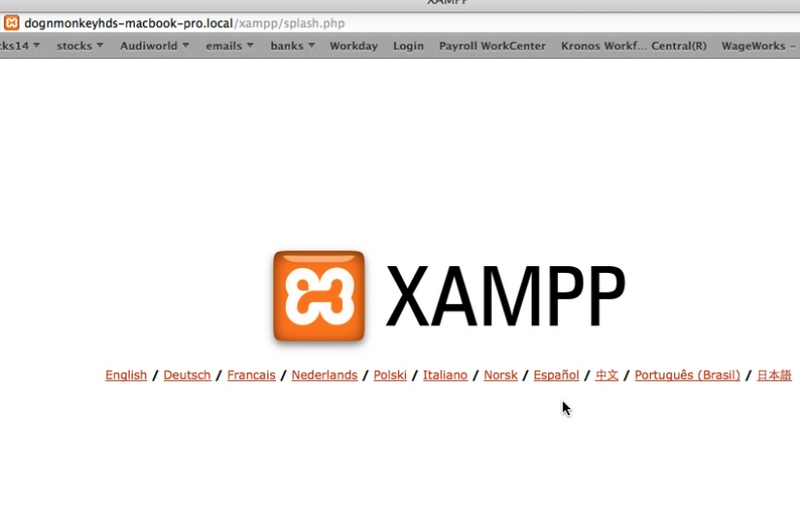
Ubuntu (18.04 LTS/Bionic, 20.04 LTS/Focal): sudo apt-get install php-xdebug.SUSE (openSUSE, Enterprise): sudo zypper in php7-xdebug, or sudo zypper in php8-xdebug.RHEL (Remi Repo): sudo yum install php74-php-xdebug3.Manjaro (20.1/Mikah): sudo pacman -S xdebug.Fedora (Remi Repo): sudo yum install php74-php-xdebug3.Fedora (32): sudo yum install php-xdebug.Debian (9/stretch, testing/buster/bullseye/sid): sudo apt-get install php-xdebug.CentOS (Remi Repo): sudo yum install php74-php-xdebug3, or sudo yum install php80-php-xdebug3, or sudo yum install php81-php-xdebug3.Alpinelinux: sudo apk add php7-pecl-xdebug, or sudo apk add php8-pecl-xdebug.Depending on your distribution, run the following command: Installing Xdebug with a package manager is often the fastest way.


XAMPP was chosen over the MAMP because fewer steps are required port settings are pre-configured and there is a new backup/restore feature, see FAQ, How do I backup/restore my XAMPP system?. Two readily available bundles are XAMPP and MAMP. Upgrading is also facilitated by the central location of the stack and OpenEMR. This is accomplished by deleting the entire XAMPP directory with AppCleaner, then repeating the installation steps. It is far simpler to delete, then reinstall applications if they are all in one folder.įor the new user, it may require multiple attempts before success can be achieved. The user will find that installing and configuring each component to be more complex than installing the stack. OpenEMR cannot run without a Web server, database and PHP.


 0 kommentar(er)
0 kommentar(er)
